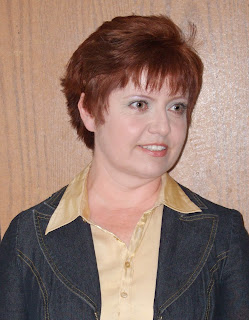How would you respond to the following question if it was
placed on a final exam for school: “What do you think was the major reason for
the American Revolution?” I’ll give you
a hint, it’s a trick question.
Why? Read the question again. It opens with “What
do you think. . .” In reality, it’s asking for an opinion. So, if I were to
answer the question like this: “Because people in America wanted their own flag”
I wouldn’t be wrong.
How can that be?
Simple. Opinions can be based on facts, but facts can’t be
based on opinions.
It amazes me how many people can’t understand this concept.
One of the worst culprits? The media. Now before your eyes glaze over and think
this is another rant against the media, keep in mind a couple of things.
First, I have my degree in Communications – Broadcasting.
Second, I worked in the television news world for over ten years. I’d say that
gives me a little insight on the subject.
A recent promo for a cable news station states basically, “We
have these other news programs because there is more to a story than just the
facts.”
Uh, what?
If a cable news station is airing information that includes
other things aside from facts, then I claim that everything else is opinion.
I could site case after case where the media focused more on
opinions of “experts” than on the facts of the case themselves. Don’t believe
me? Tune into any of the big news stations and watch them for an hour. Count
how many times “experts” are brought in to give “insight” into a case. Are these experts adding facts to the story,
or are they providing their point of view? I claim it is mostly the latter.
But why would news stations do that?
Remember: TV news stations are in business to make money.
They make money by charging for advertising. The more people who watch their
station, the more that can be charged for advertising time. Simply having a
person read the facts about a story isn’t as engaging as two people disagreeing
loudly about their opinions.
The sad side effect from this is that people in the general
public latch onto someone’s opinion and claim it as fact—they feel justified
because they saw it on TV.








